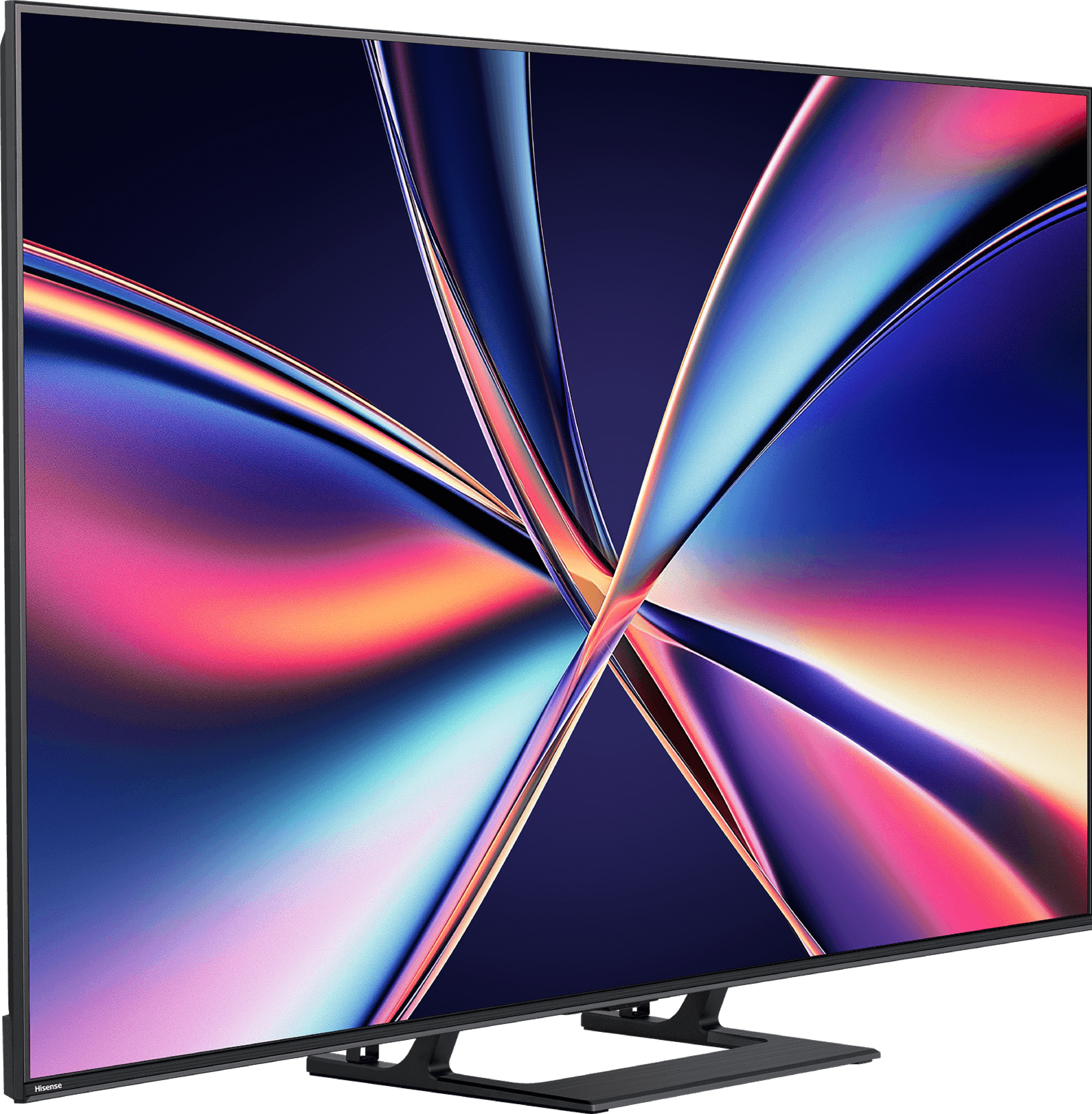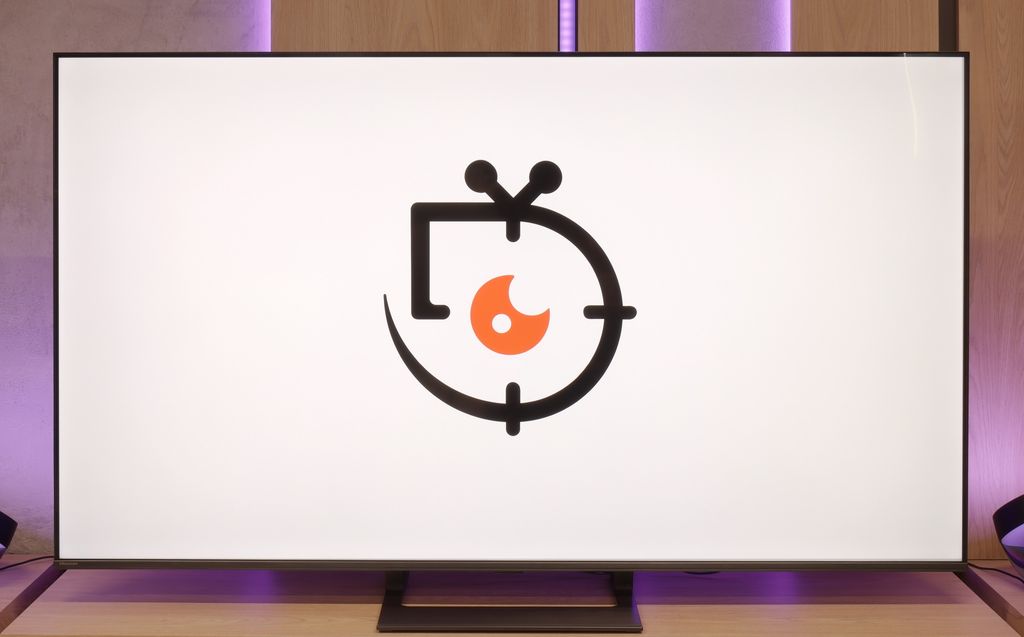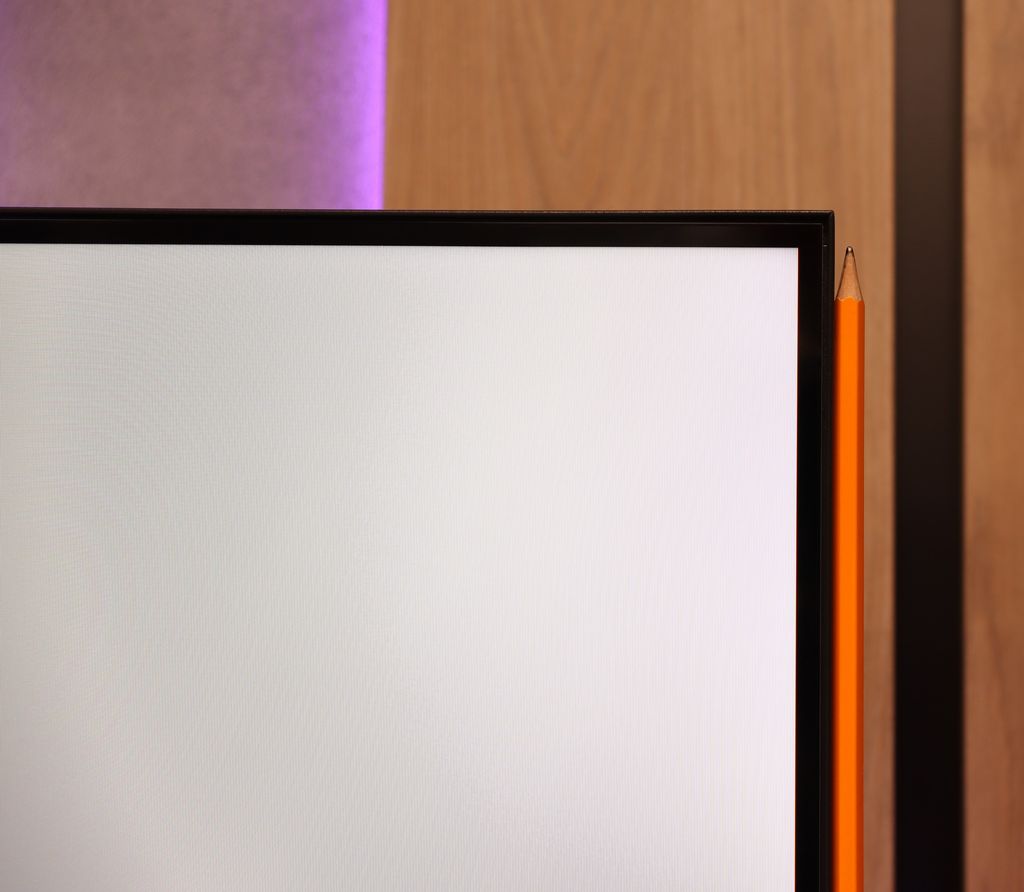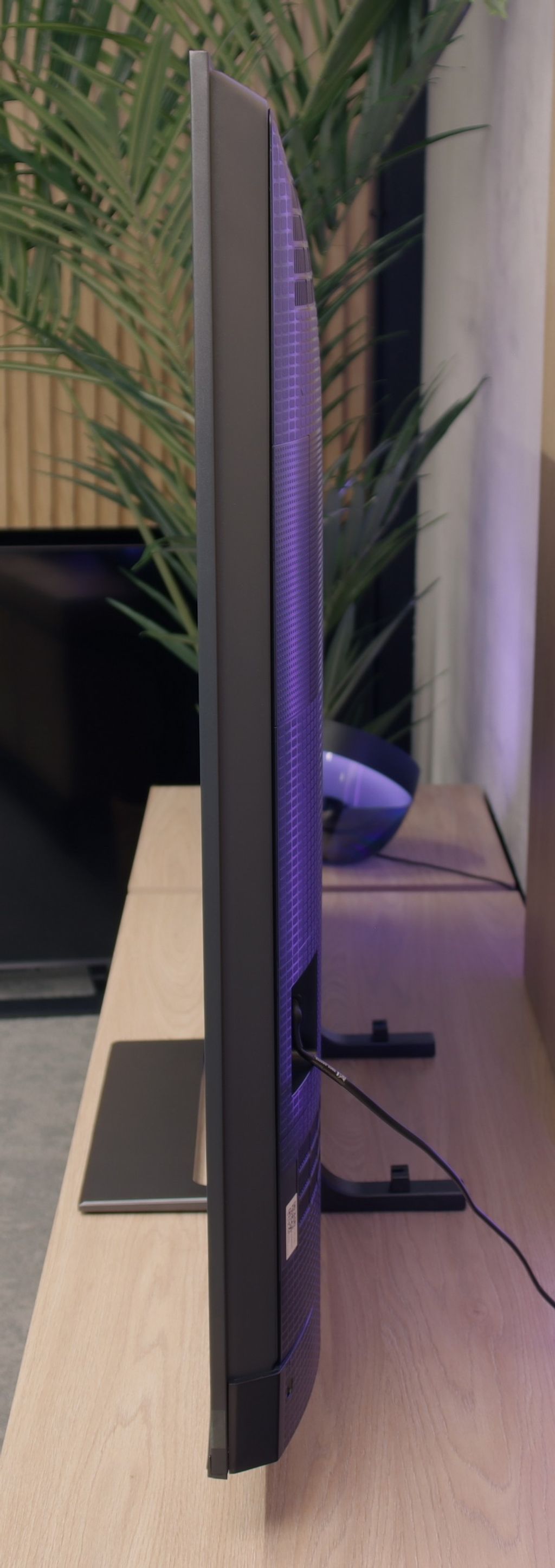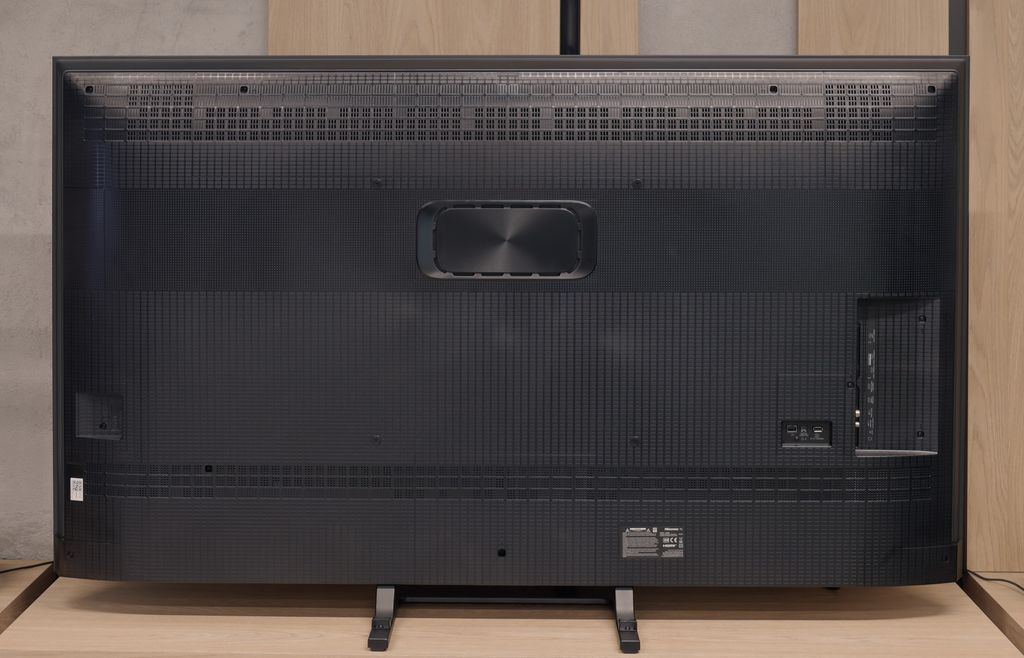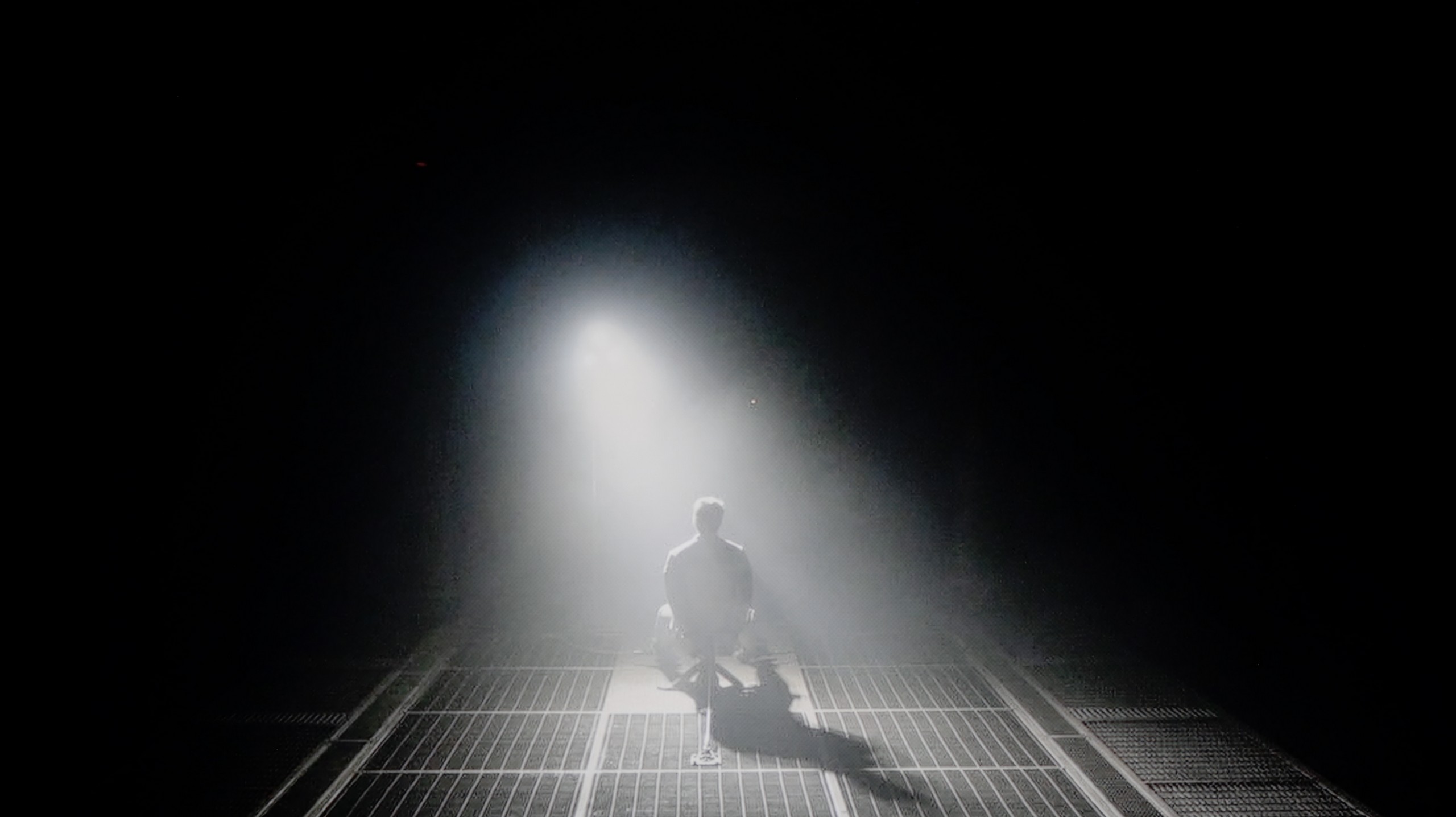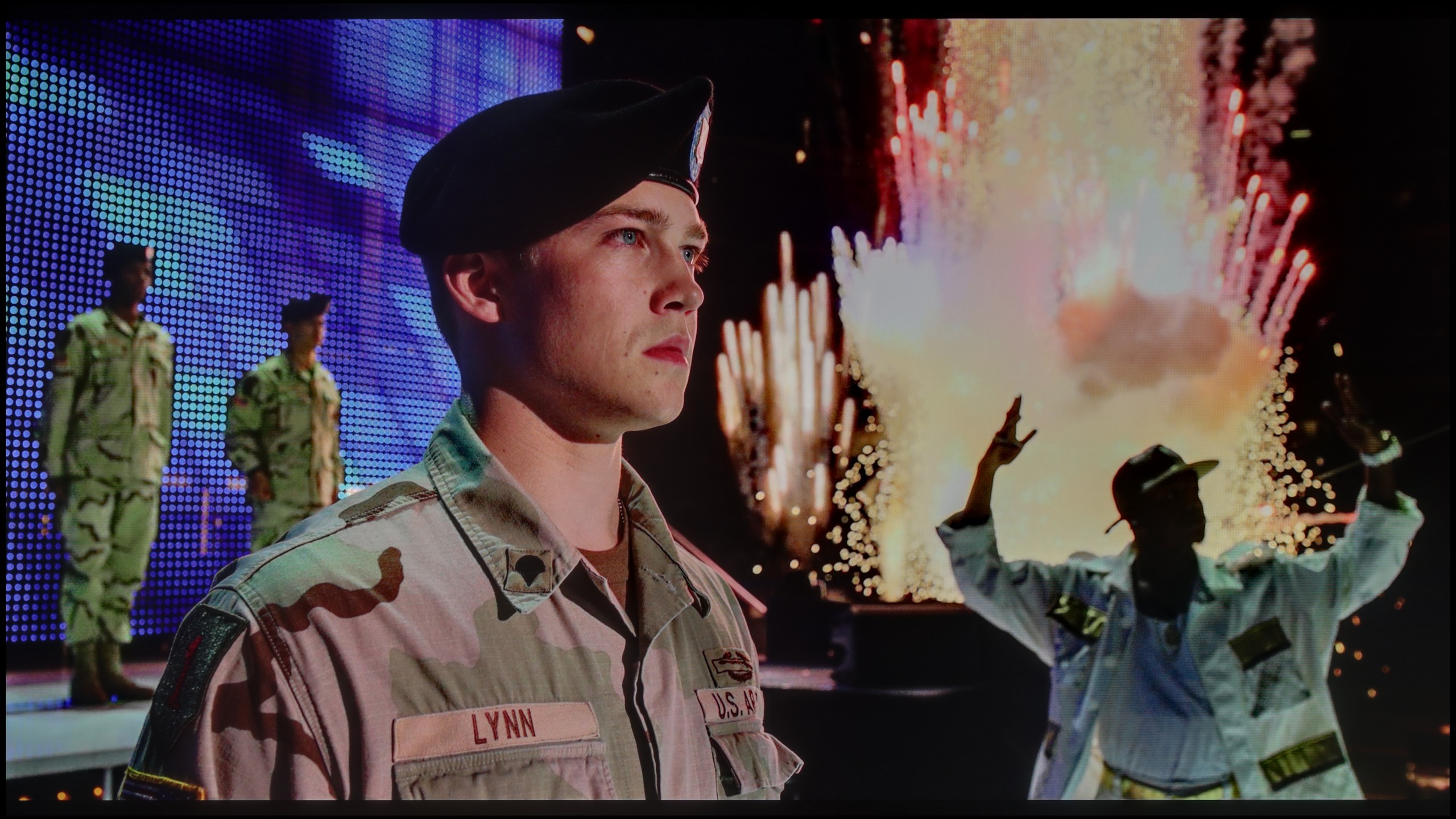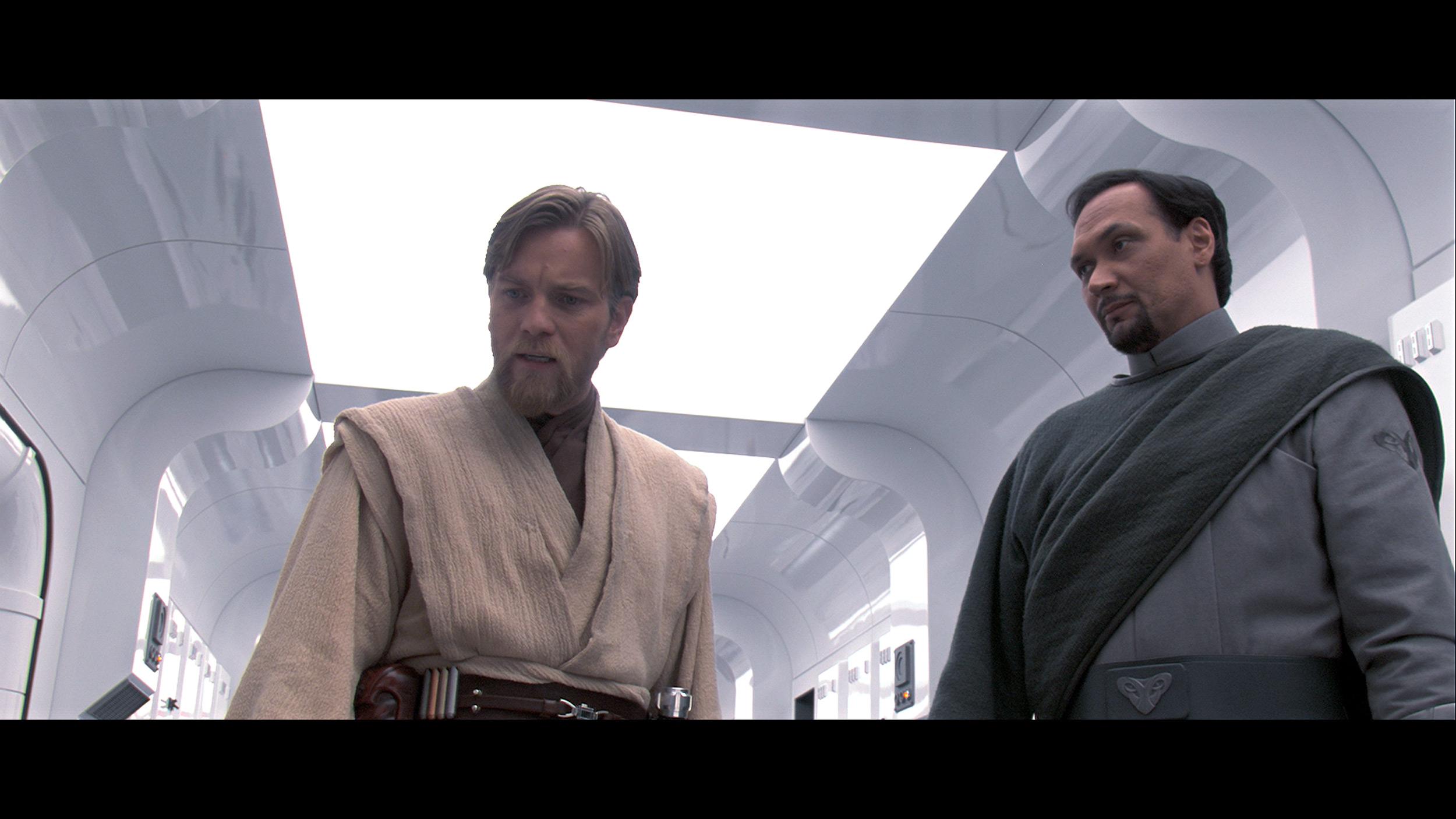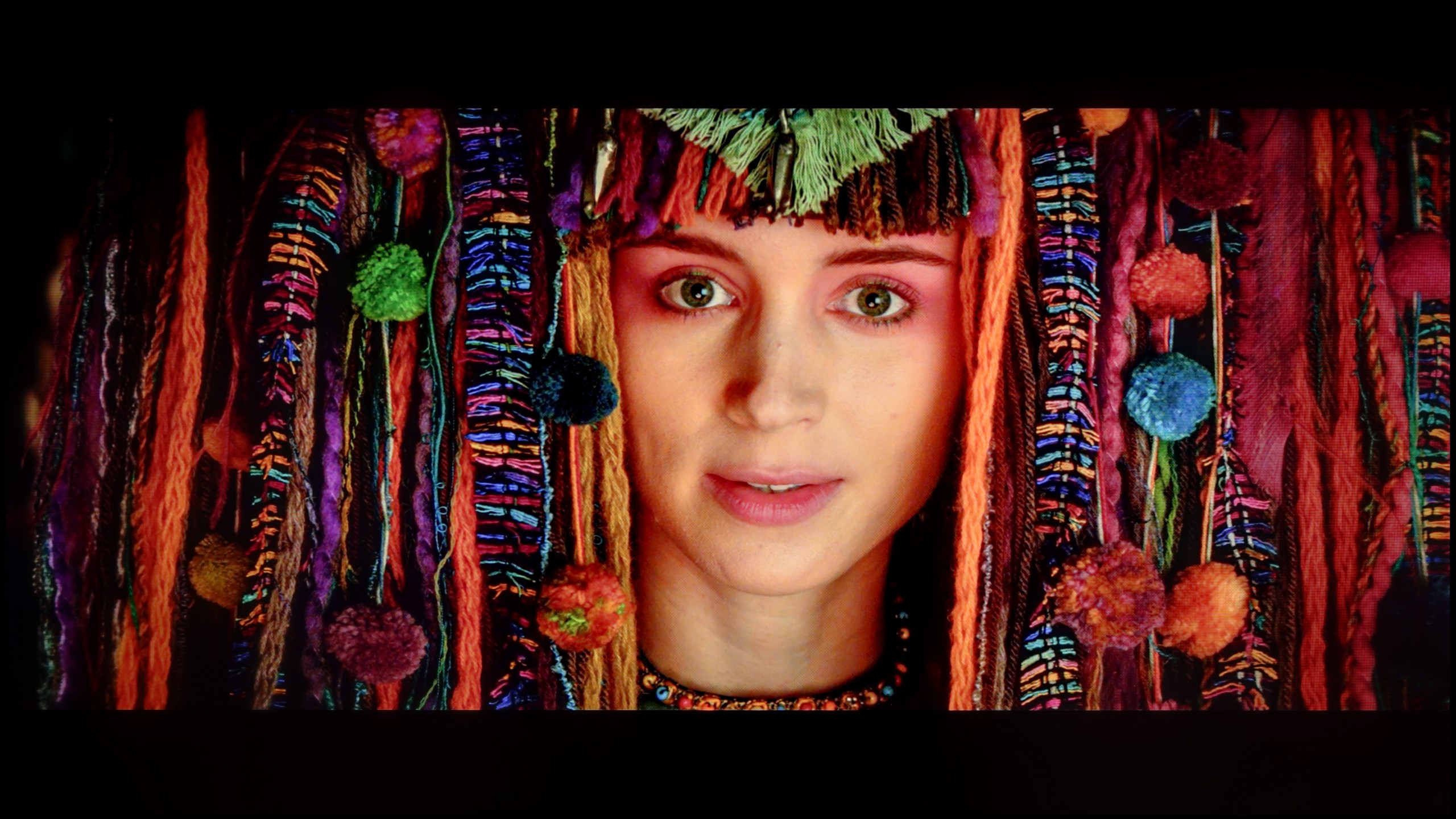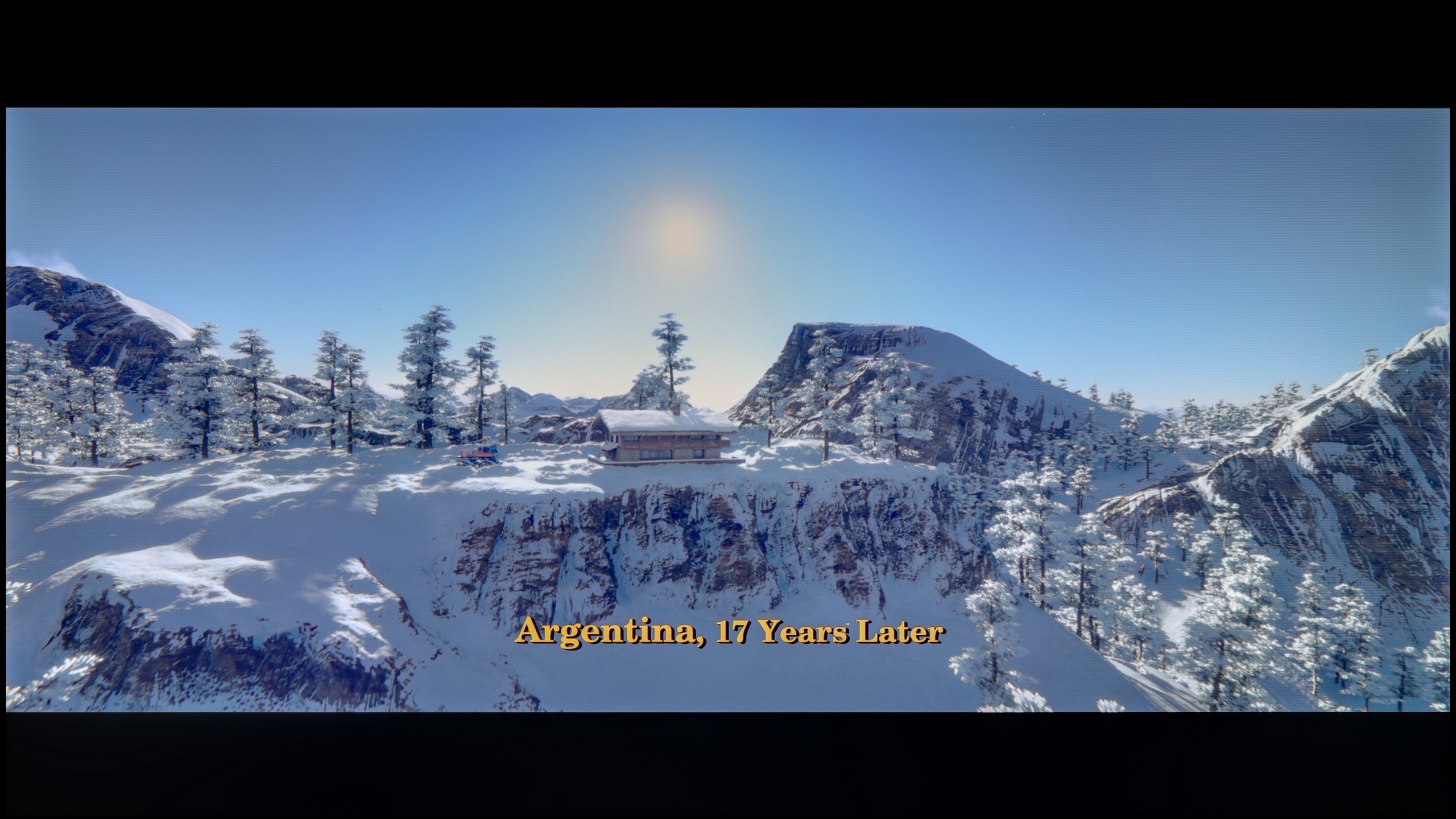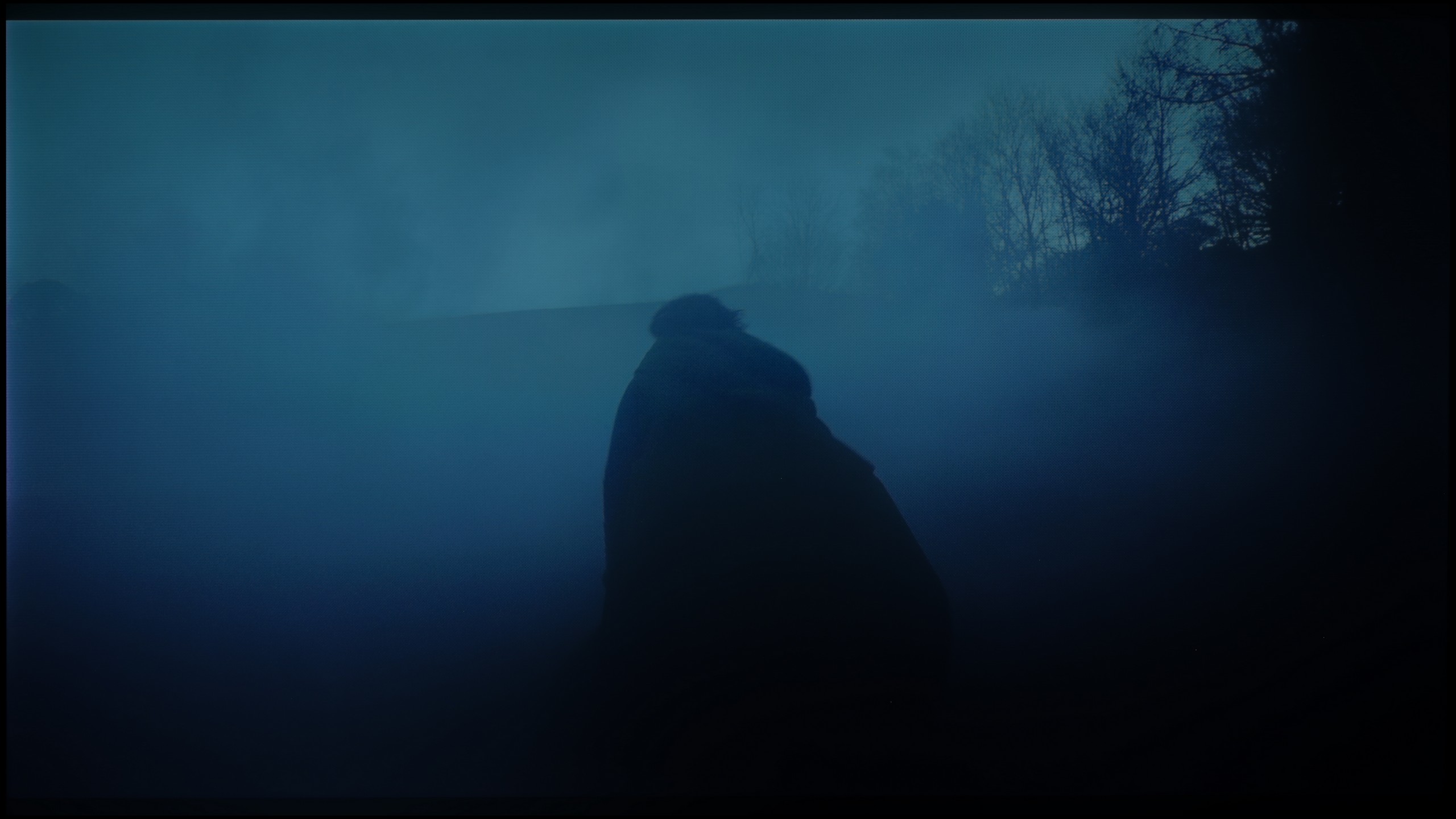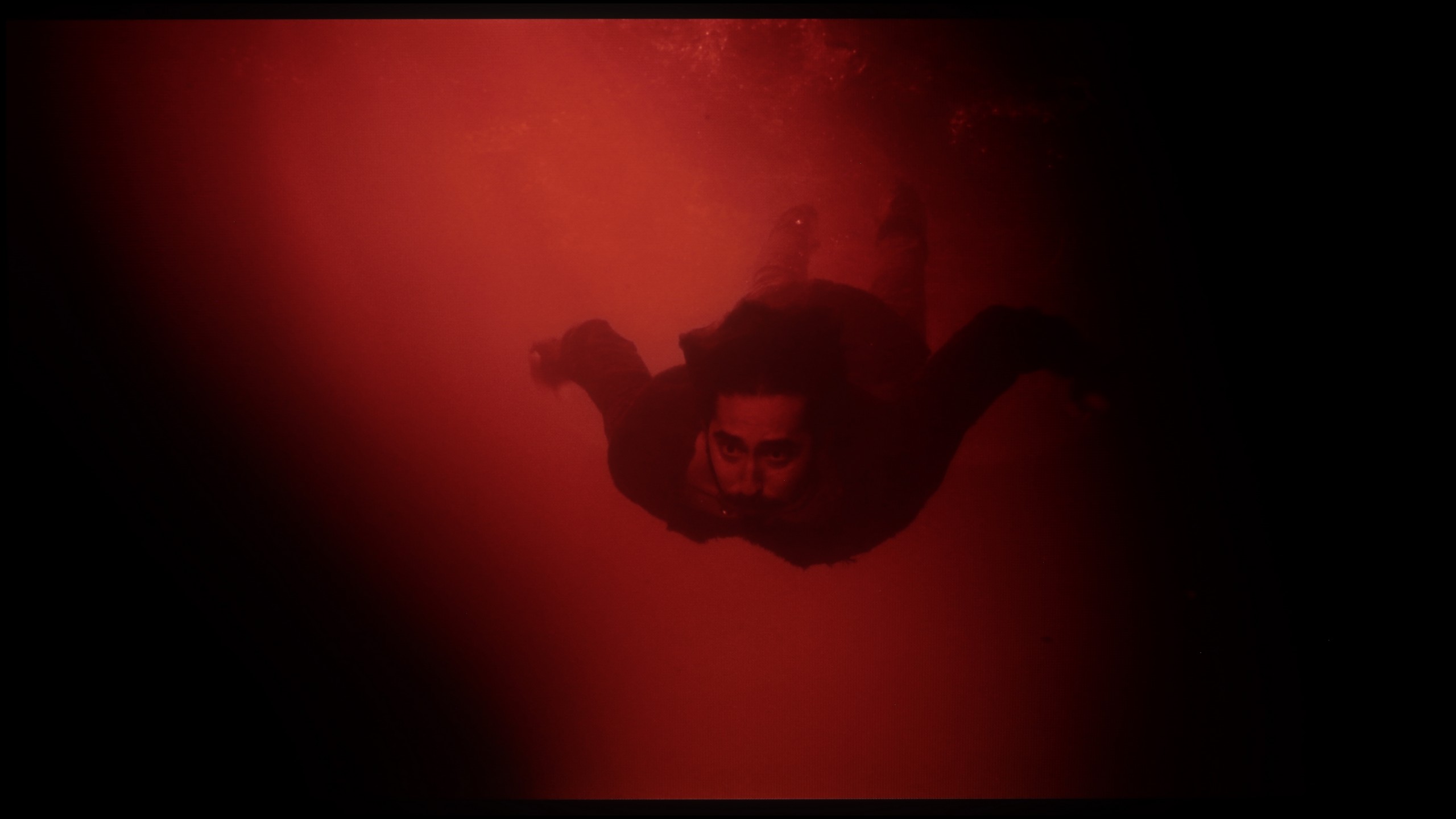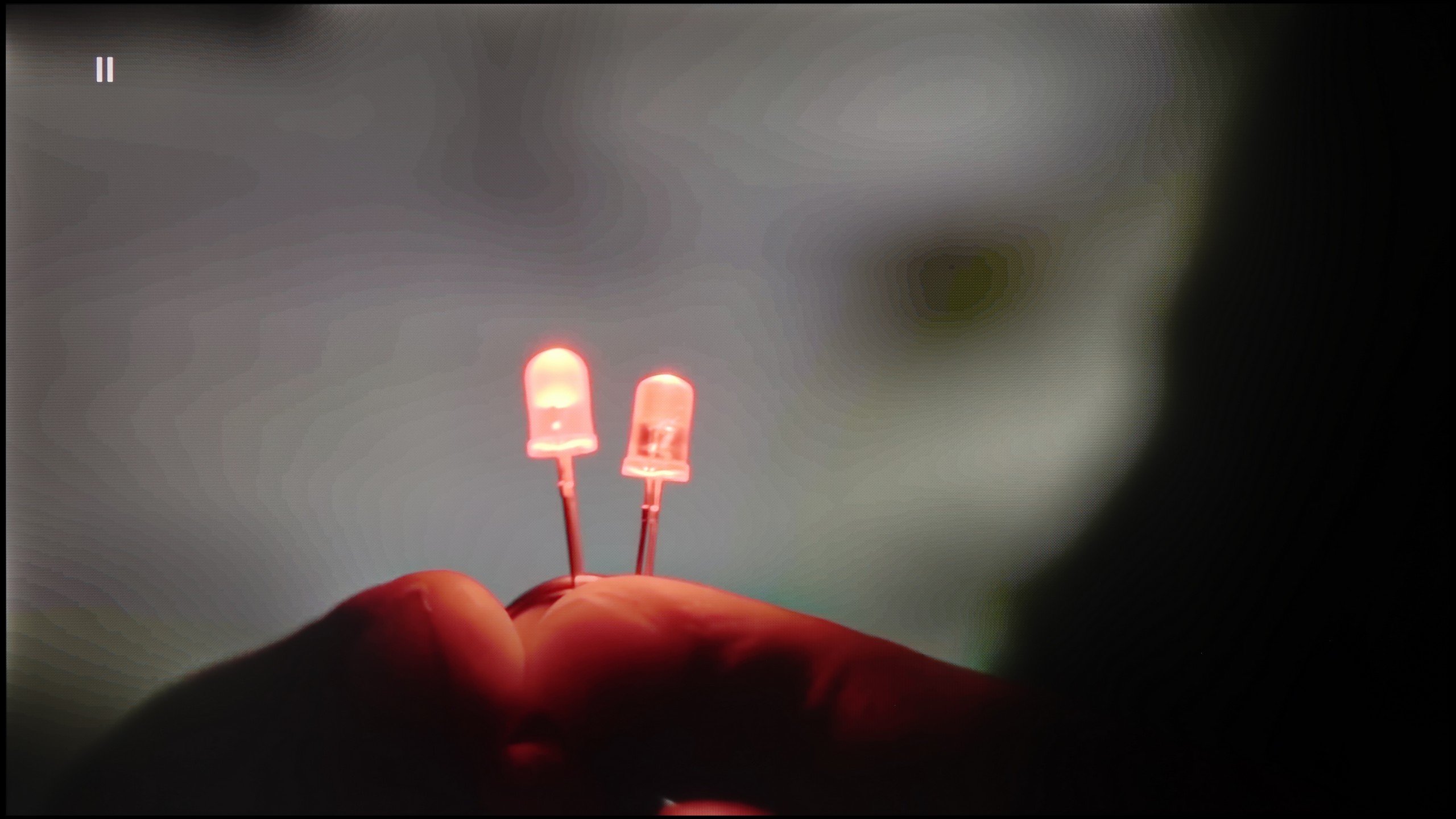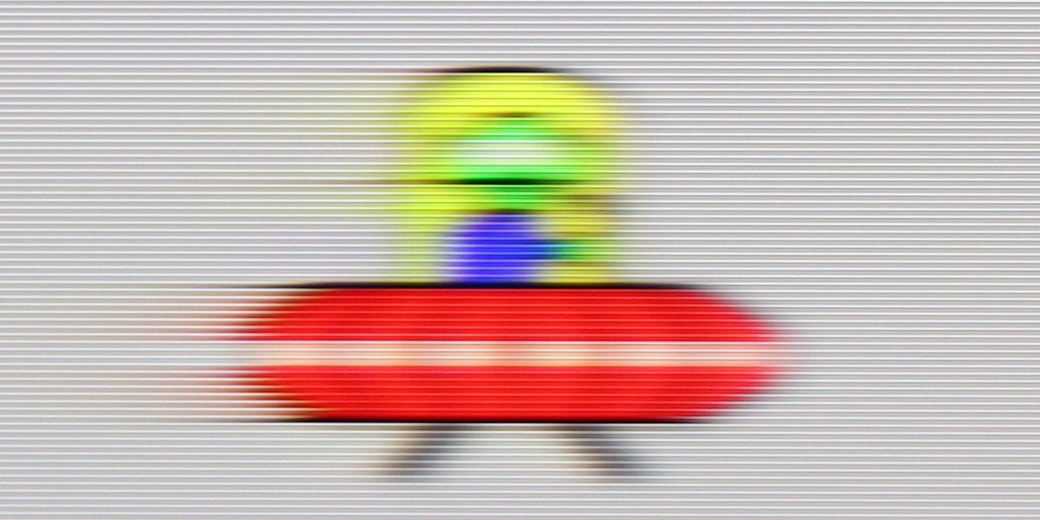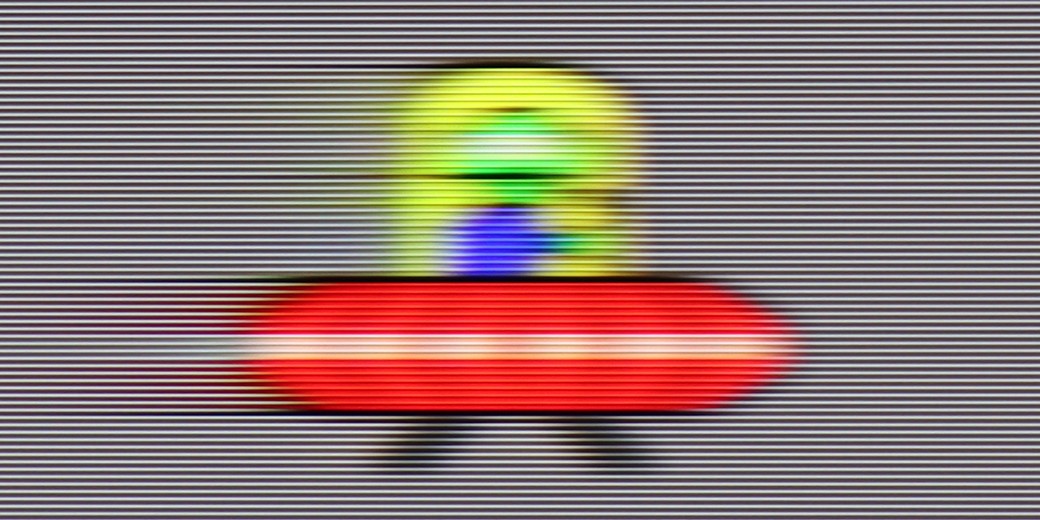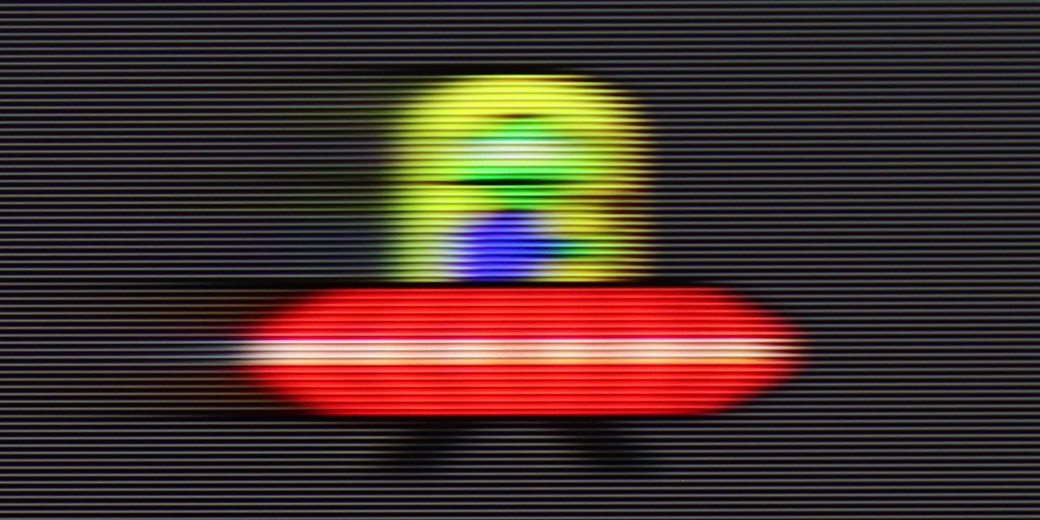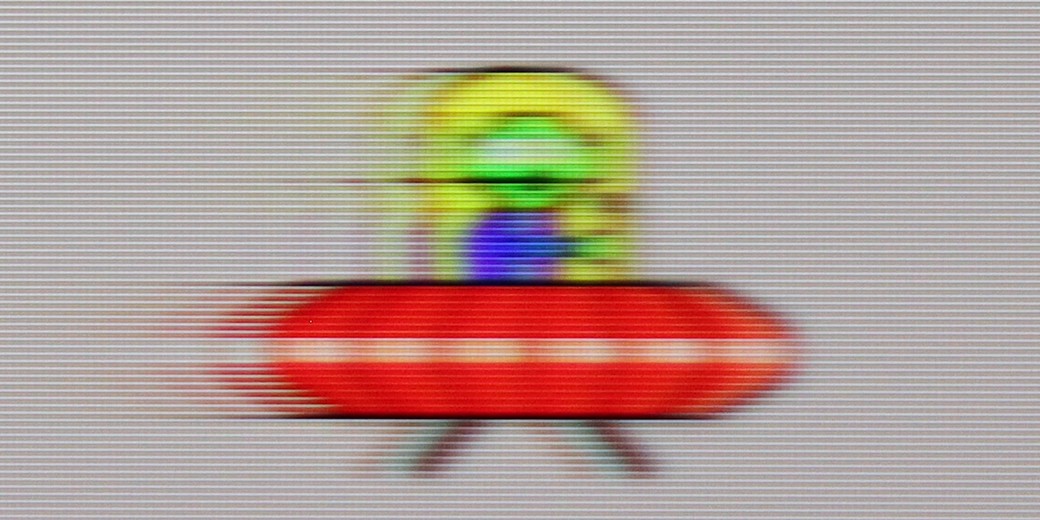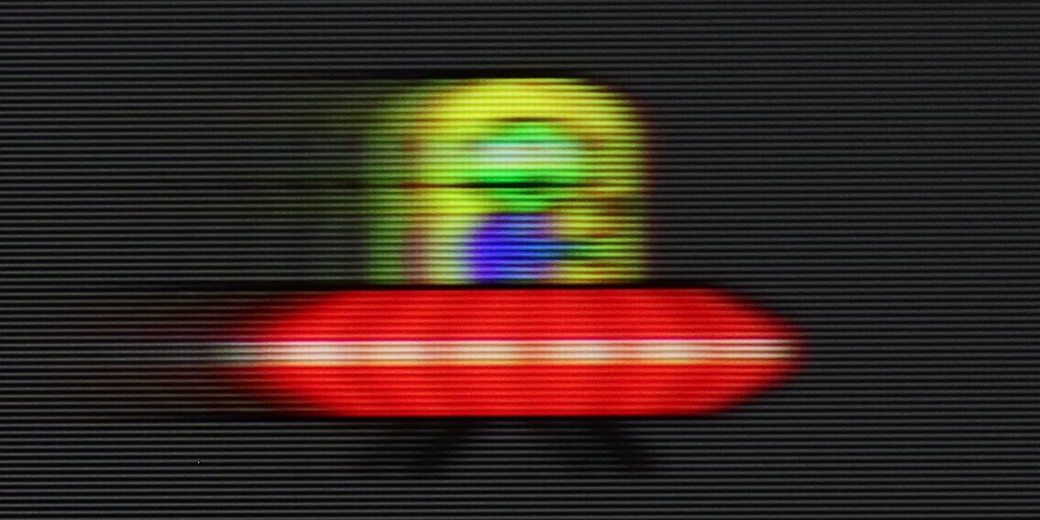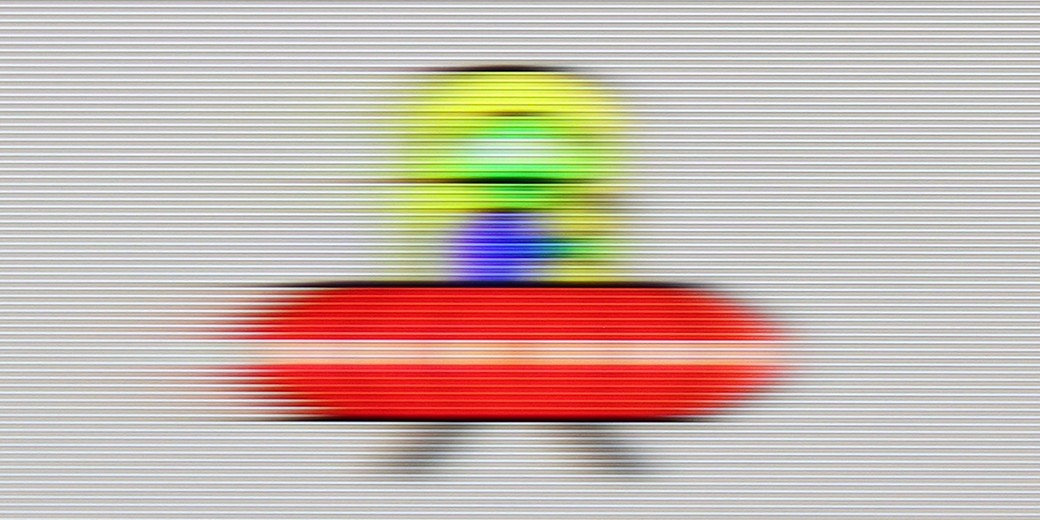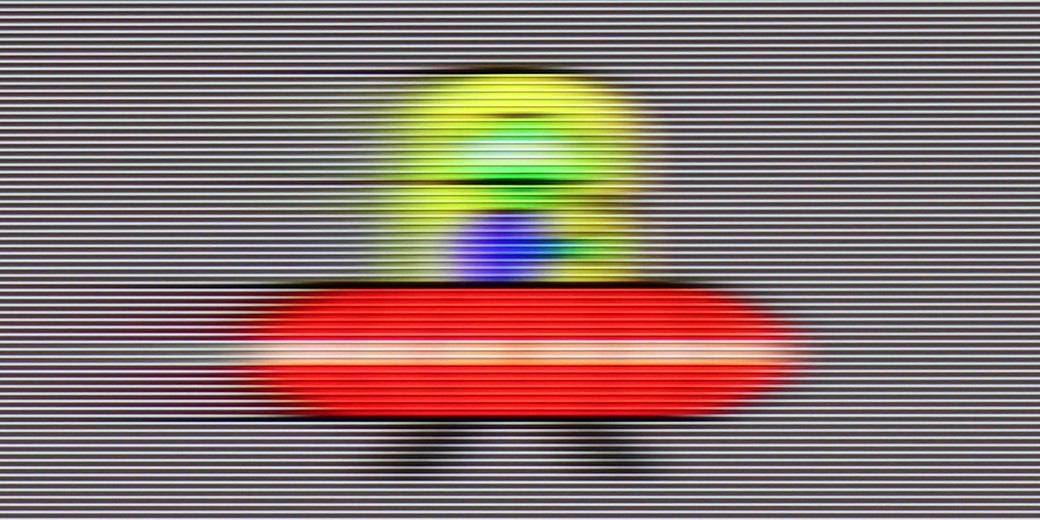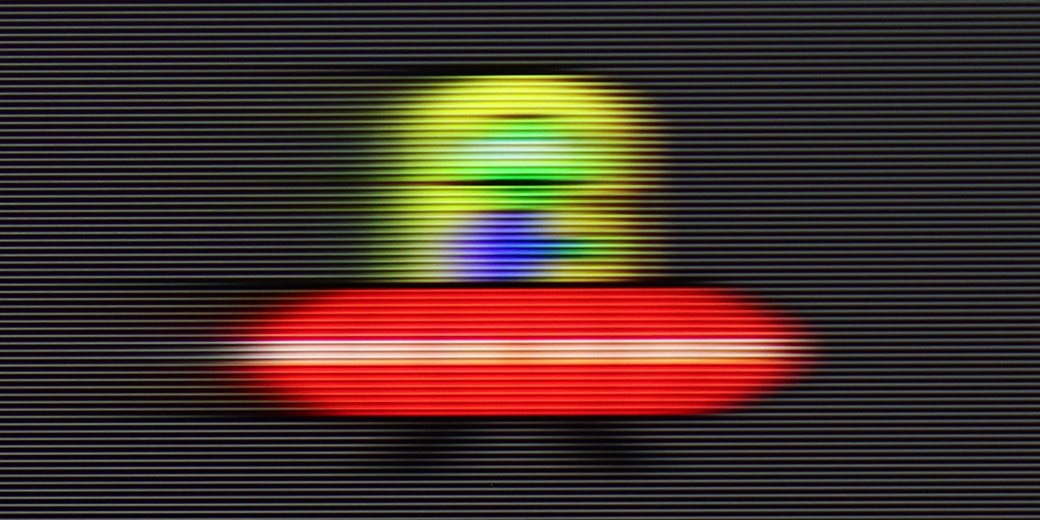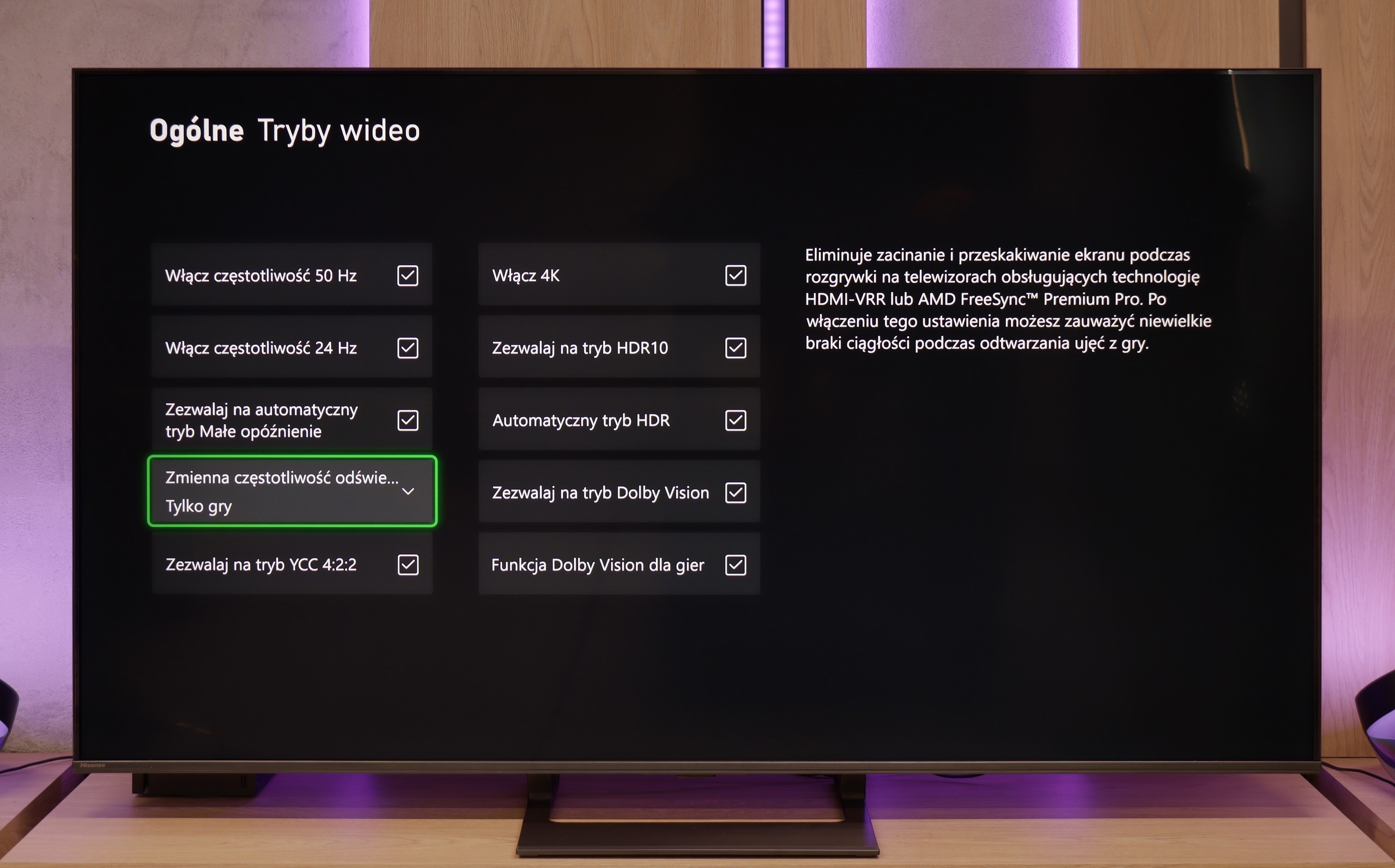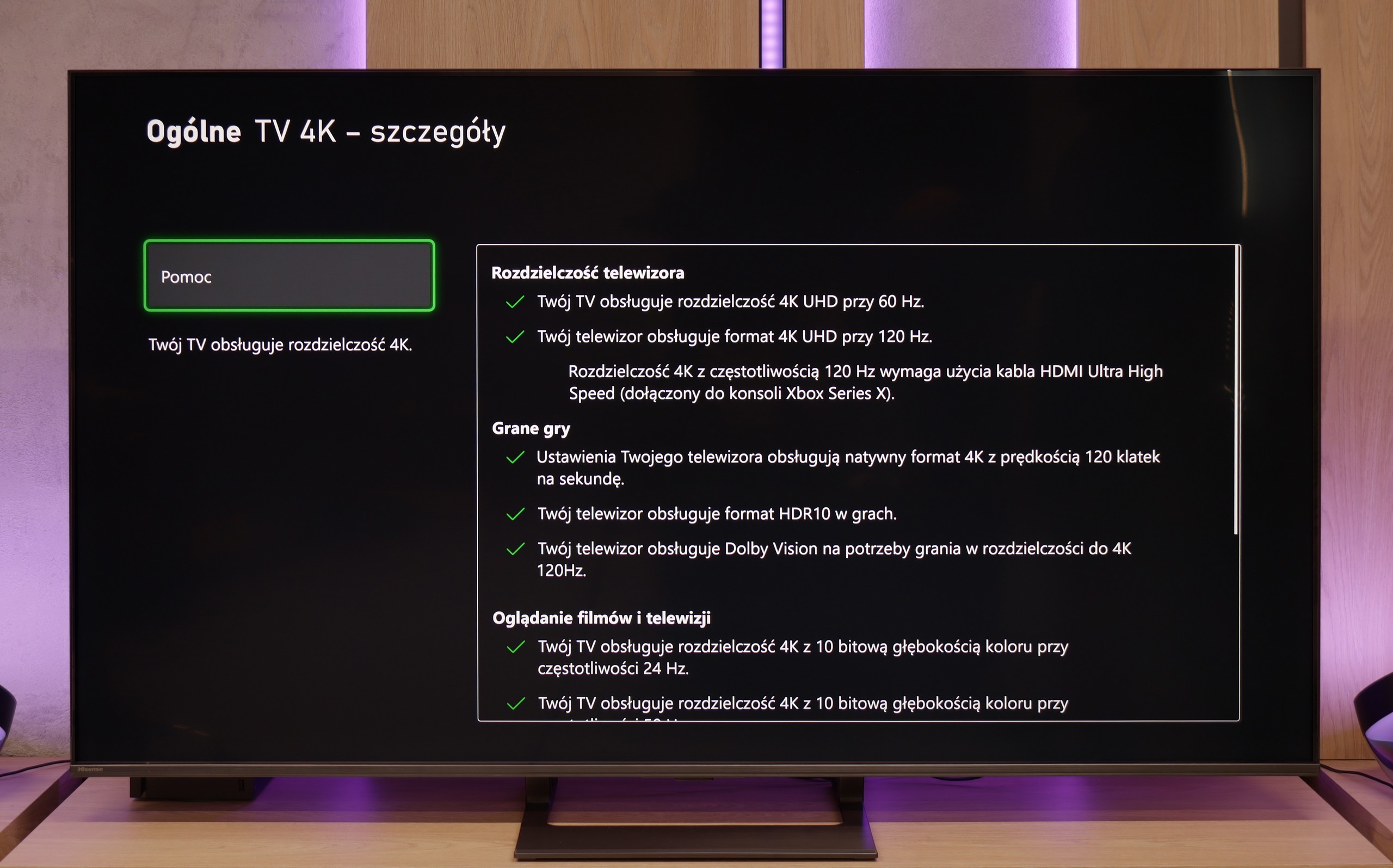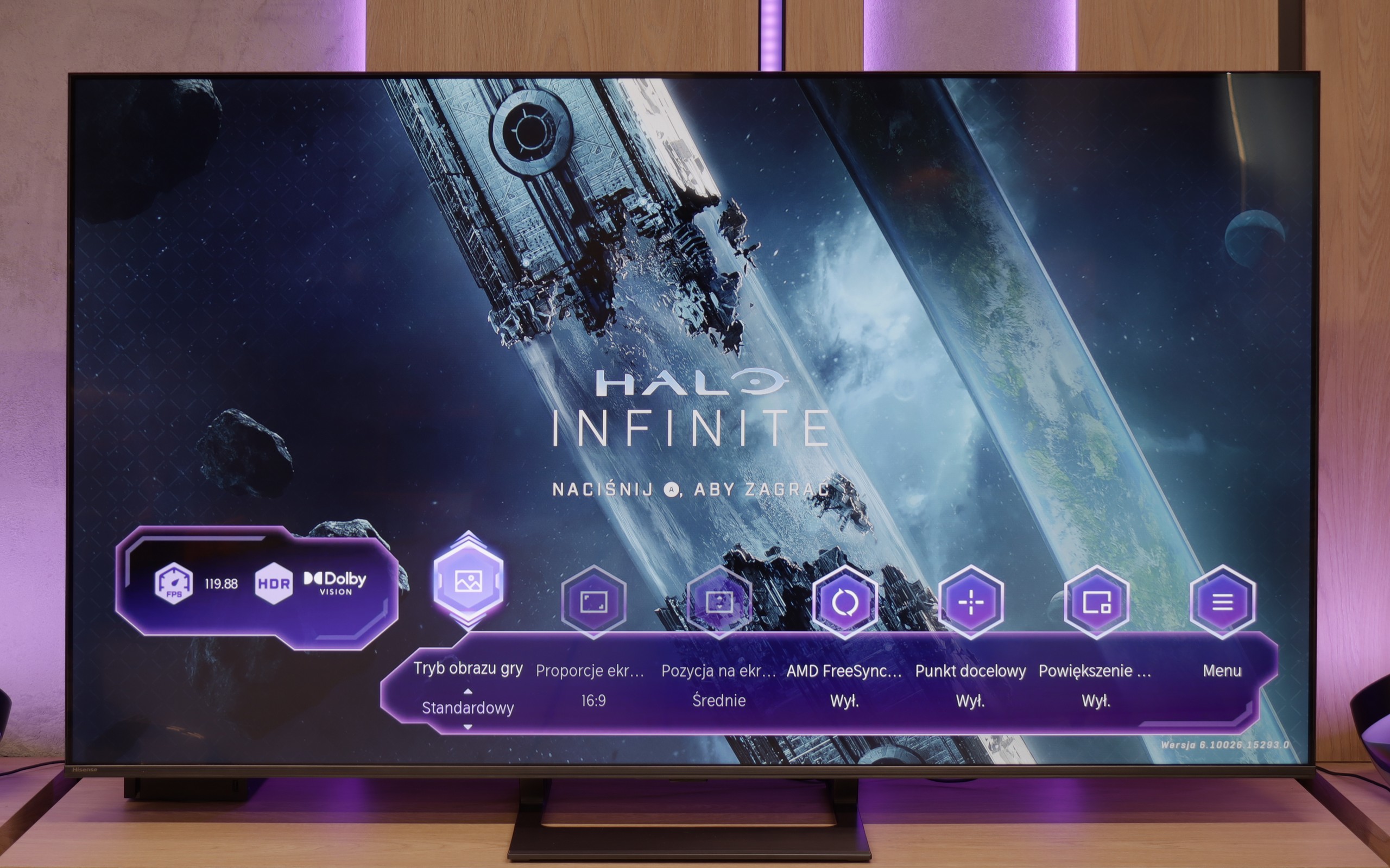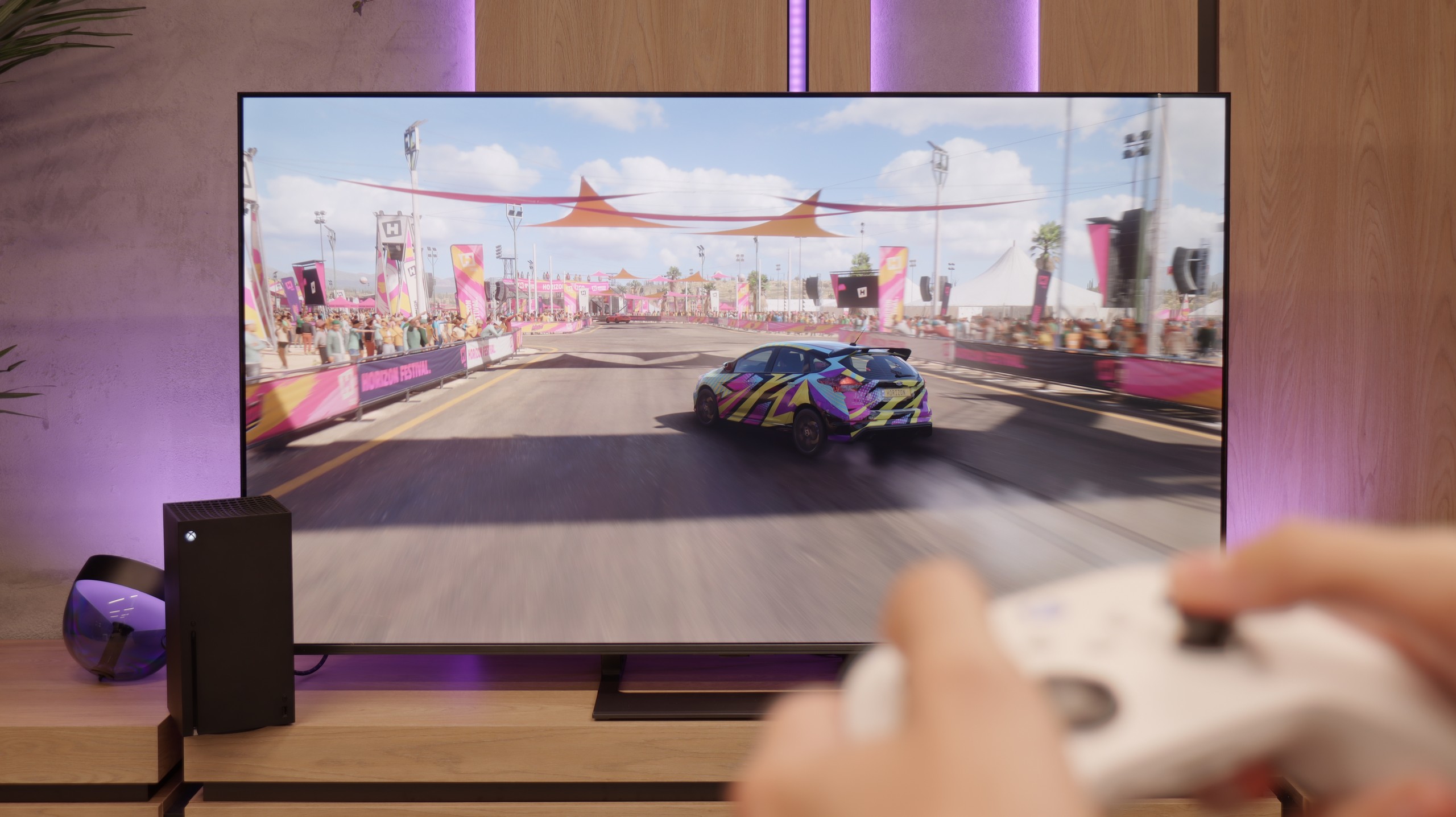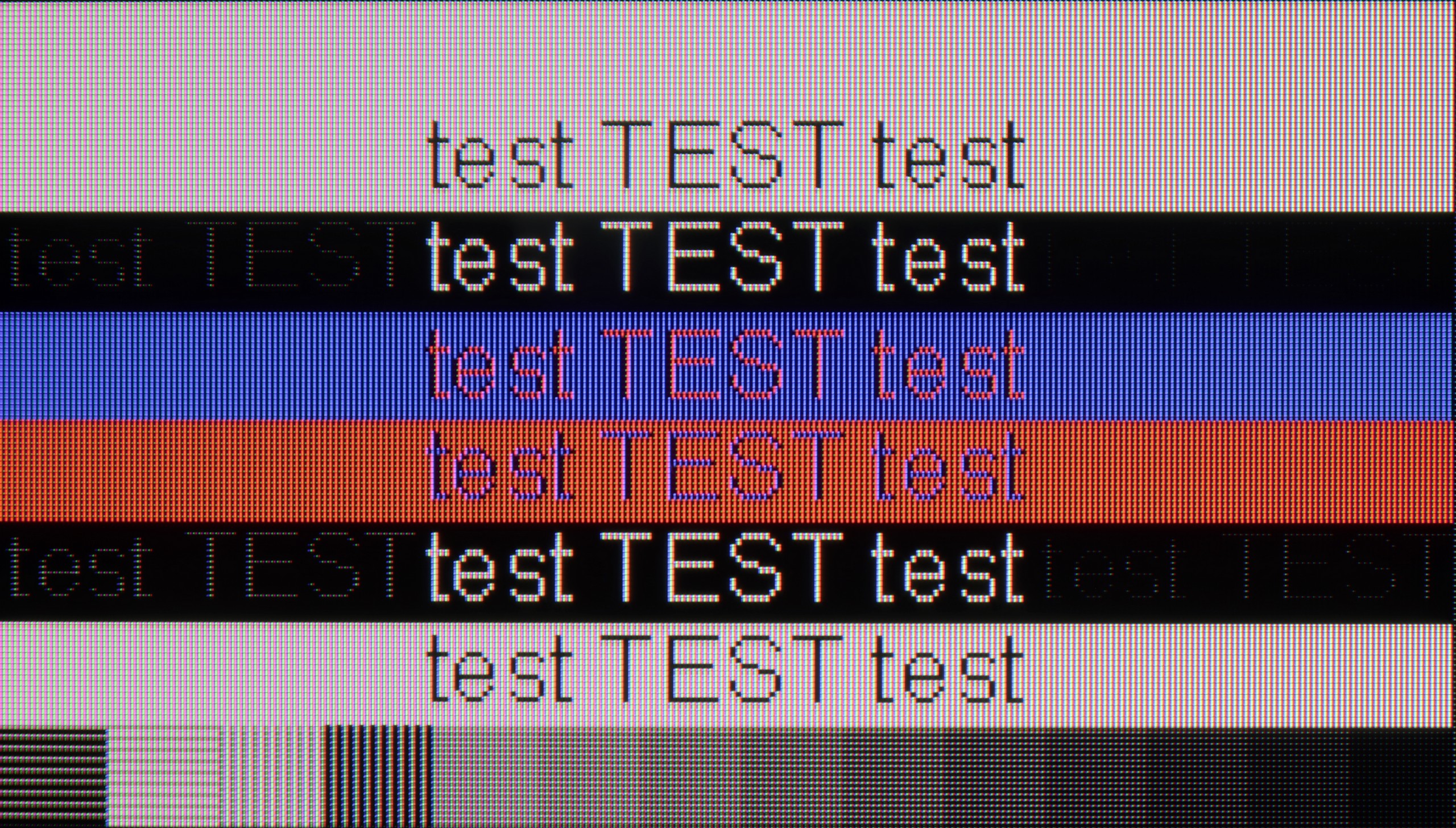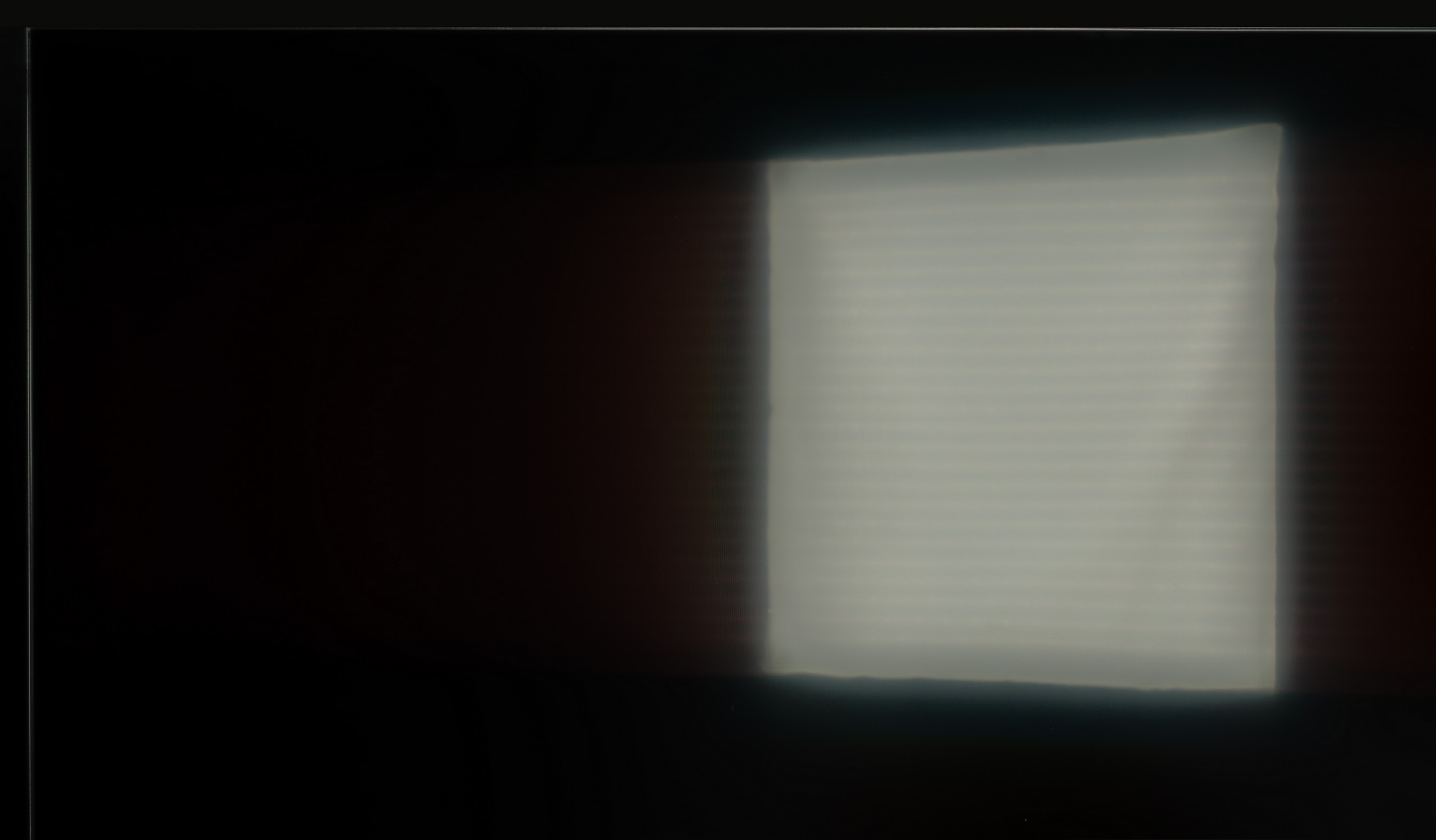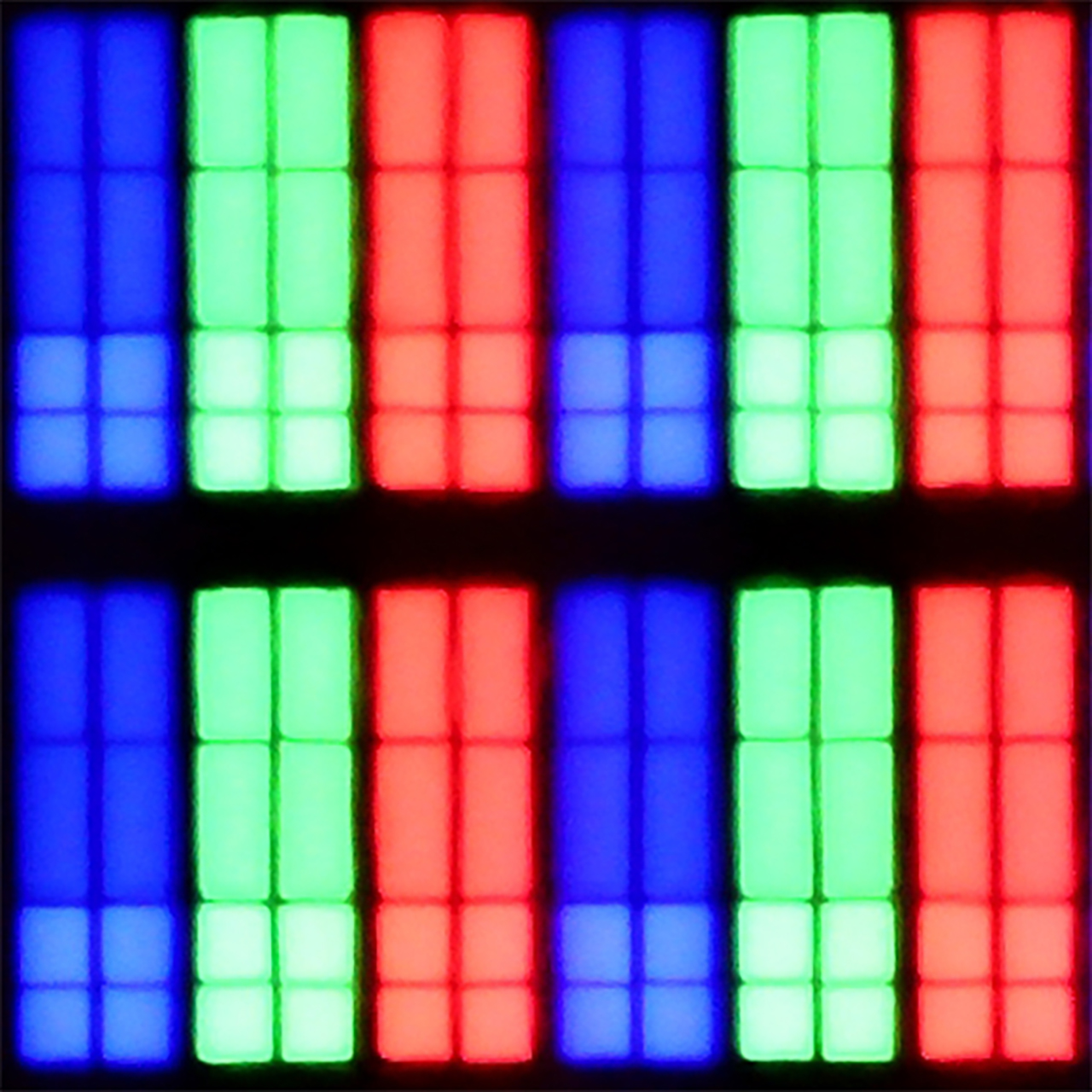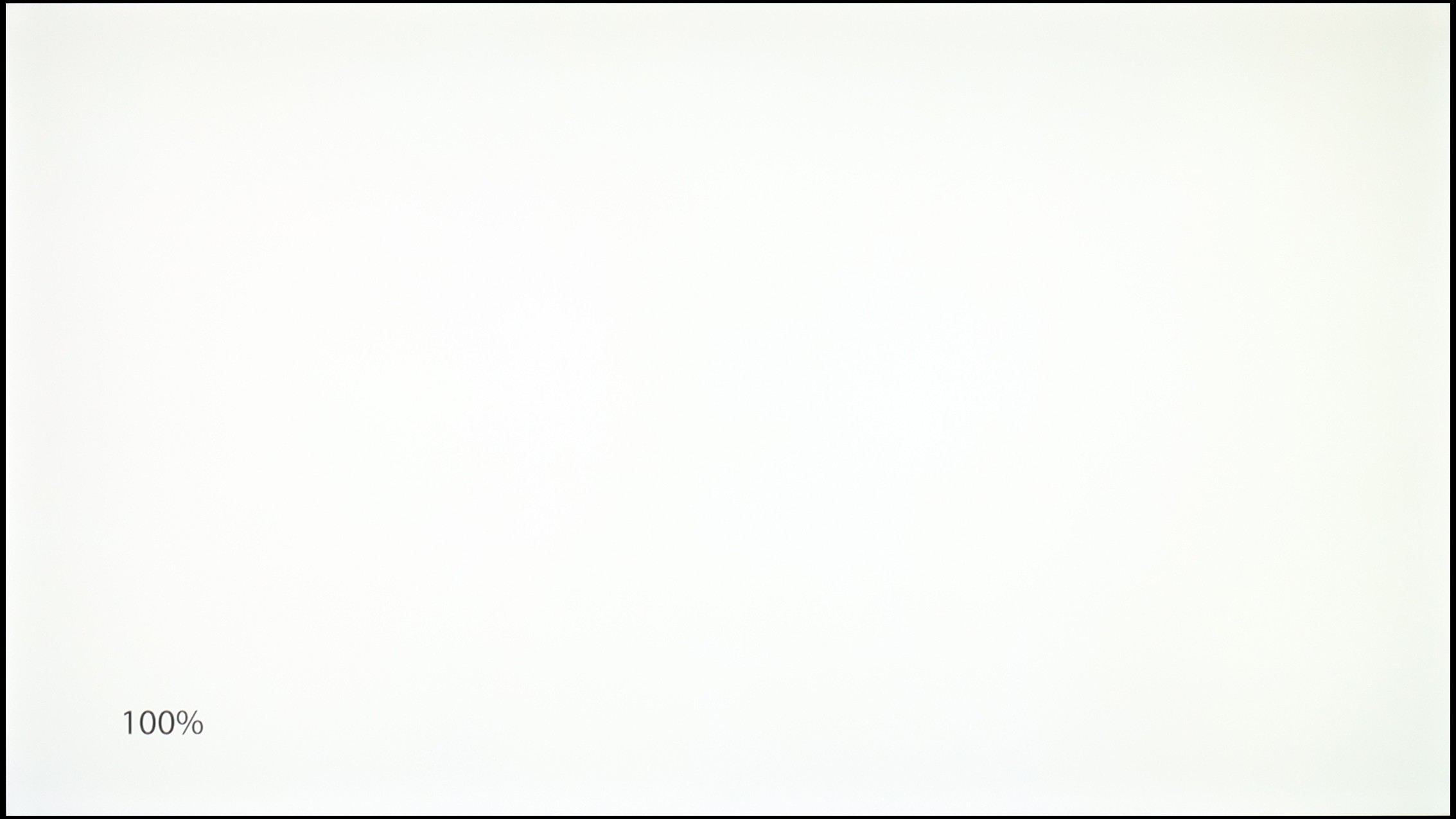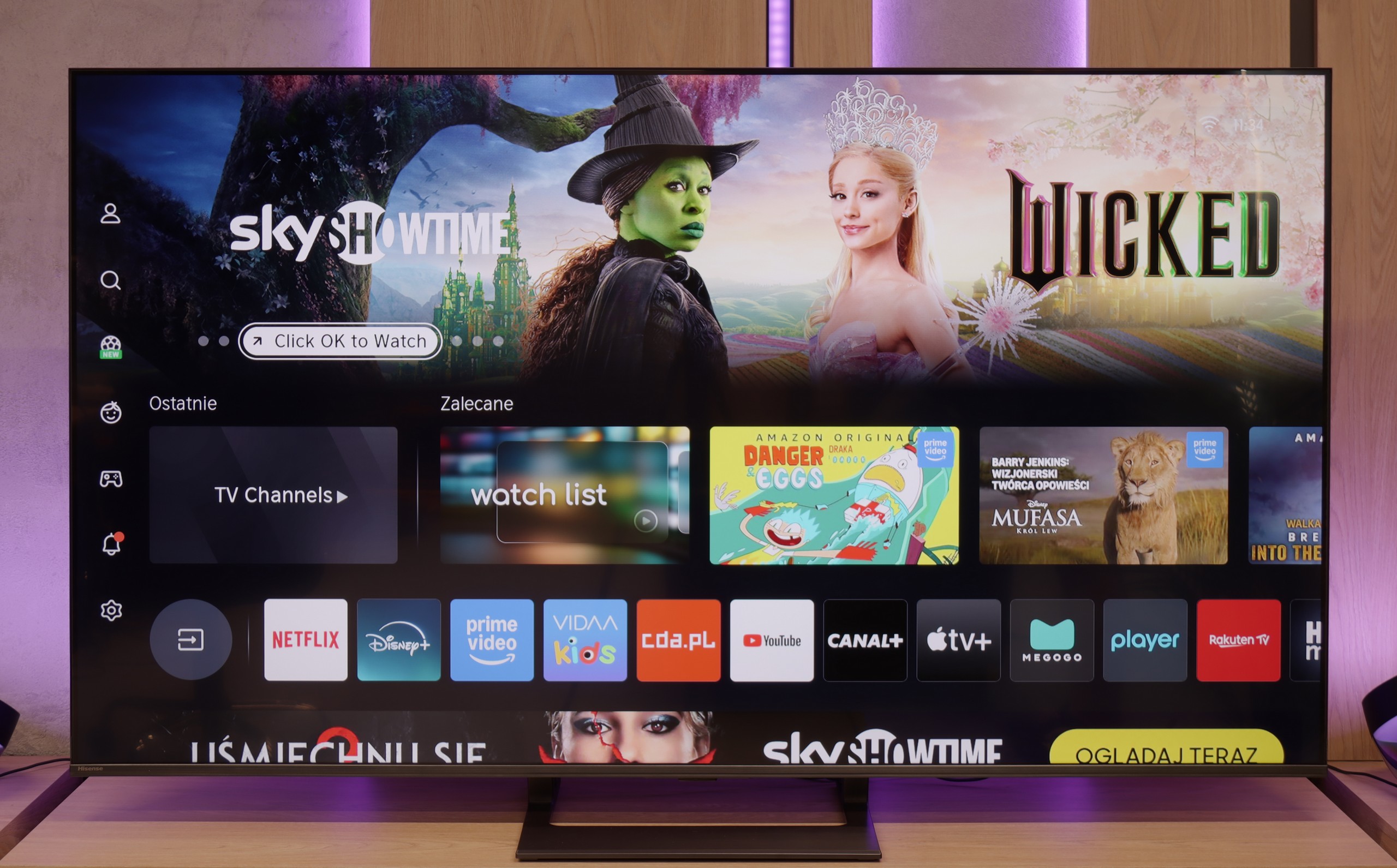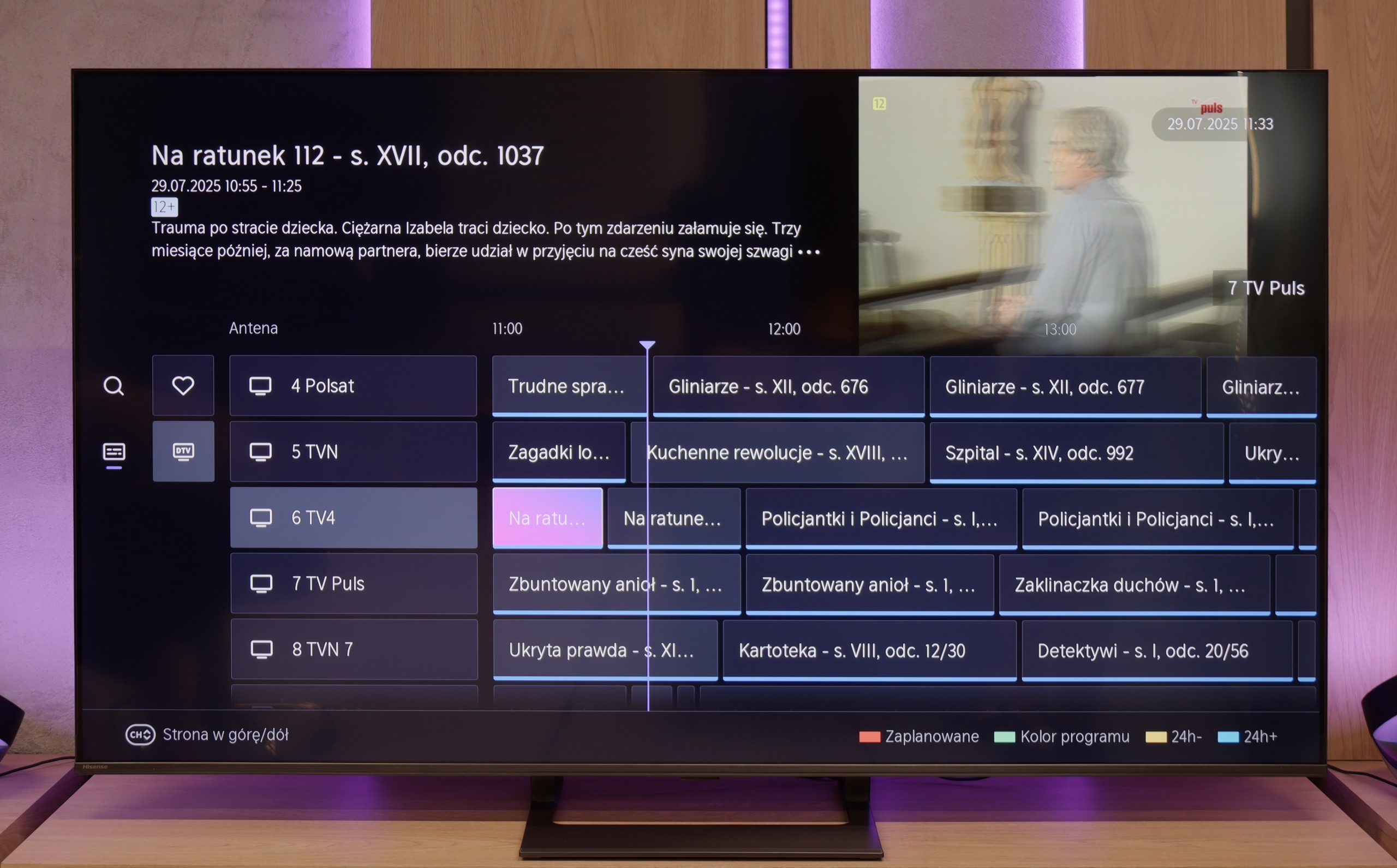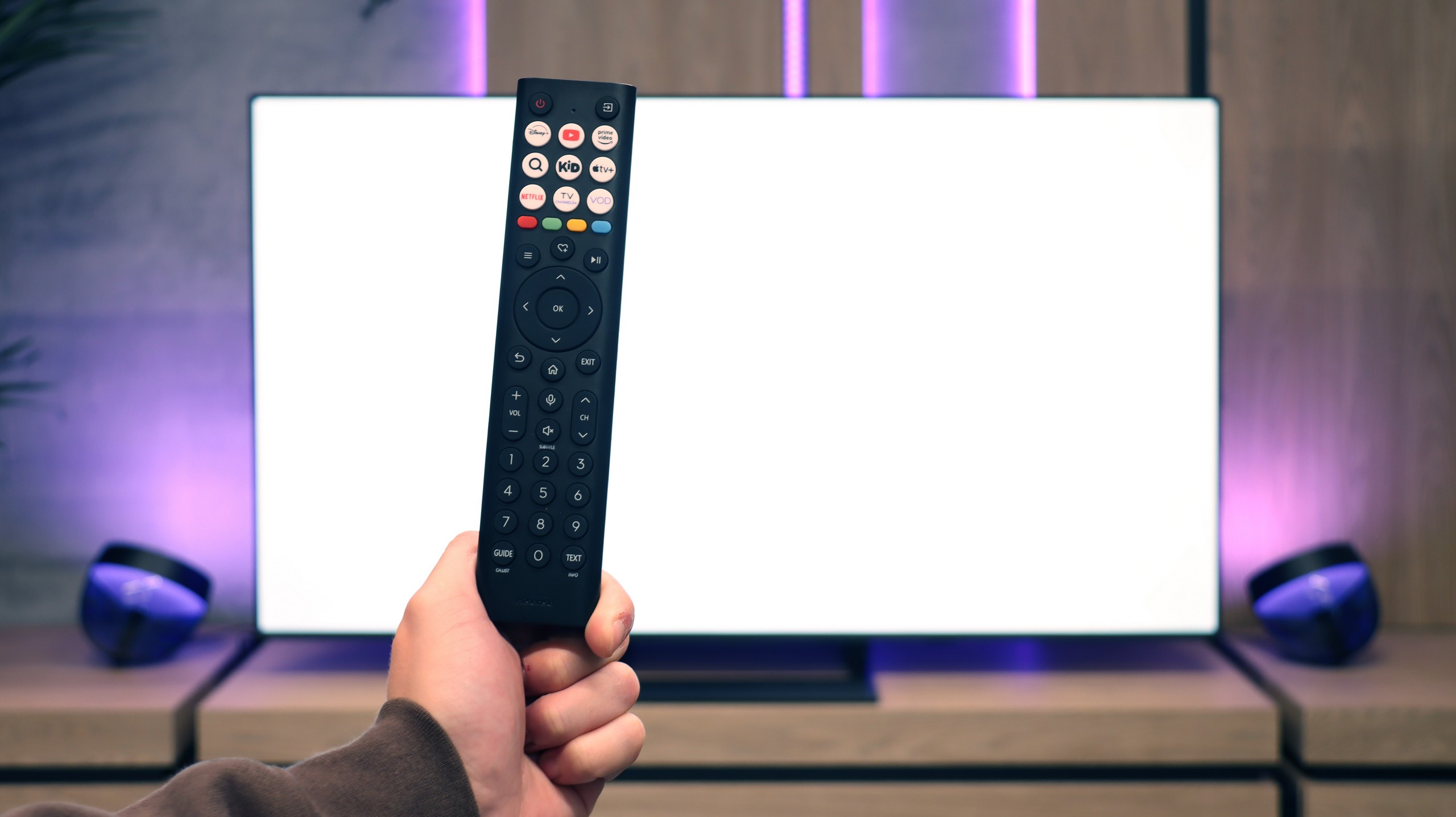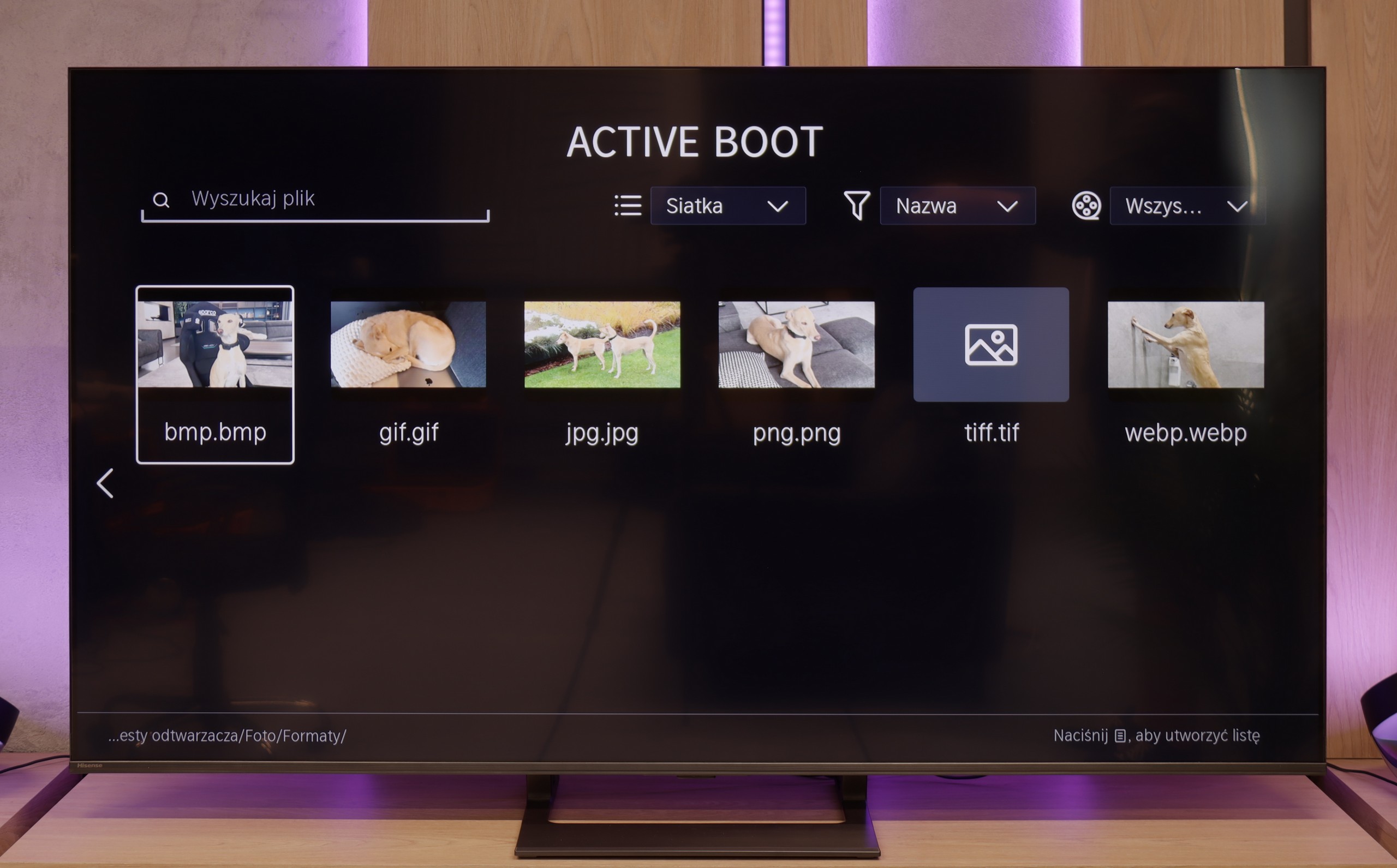The Sony X75WL model, introduced in 2023 and carried into 2024, offers a range of attractive features. Running on the Google TV platform, it provides users with personalised recommendations based on their preferences and previously viewed content. Key applications like Netflix, YouTube, and Amazon Prime Video are readily available, and full integration with the Google Play Store allows for downloading additional apps, including games and media players. The built-in Google Assistant enhances usability, enabling voice-command control for a more seamless user experience.
The TV’s versatility is evident with features such as USB recording and peripheral connectivity, making it practical for various user needs. Its strong compatibility with PCs, supported by chroma 4:4:4 and low input lag, positions the X75WL as a good option for office work or home use. Audio performance is also commendable, offering subtle bass and clear sound that should satisfy most casual listeners without external speakers.
However, the X75WL does come with some limitations. Its low contrast and average HDR performance mean it is not the best choice for dark-room viewing, where deep blacks and detailed image quality are important. Additionally, the thicker bezels may not be aesthetically appealing to some users. Despite these drawbacks, the X75WL is still a versatile and practical television, particularly for those seeking functionality at a reasonable price. For those not committed to the brand, exploring competitive models might be worthwhile, as they may offer a superior quality-to-price ratio.

